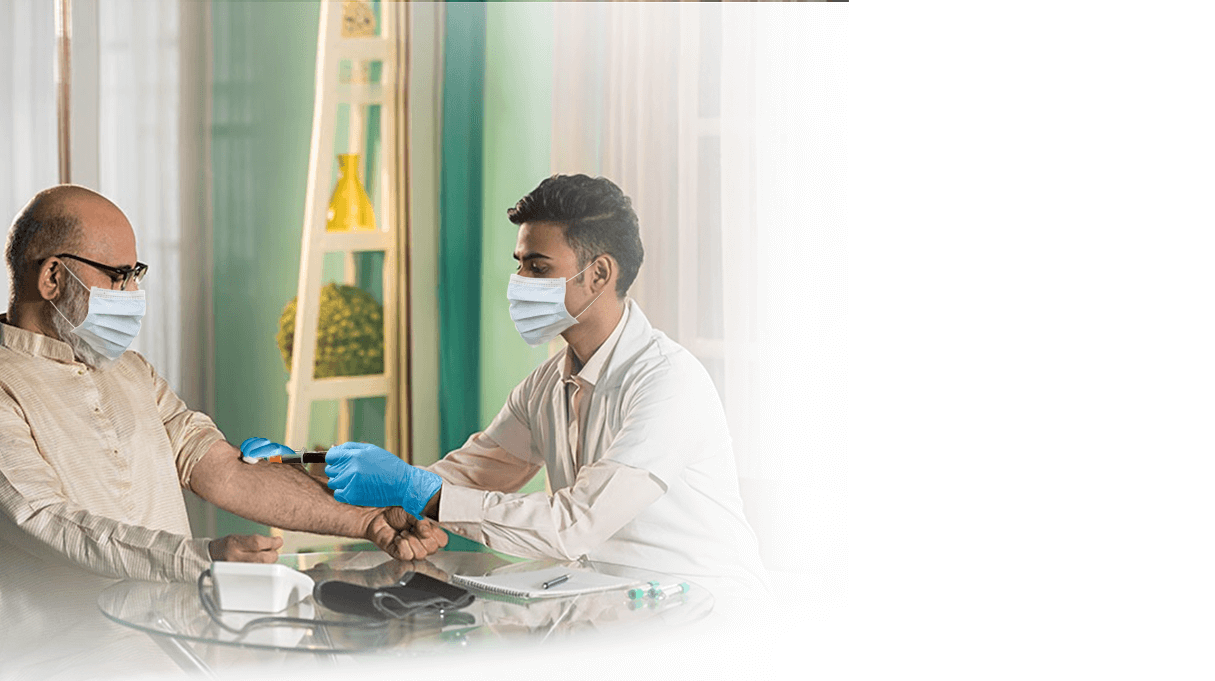Infectious diseases have long posed a significant threat to global health. Rapid and accurate diagnosis is critical in ensuring timely treatment and controlling outbreaks. Traditional microbiological methods, while effective, often require lengthy culture times and are limited in scope. However, recent advancements in microbiology testing have changed the situation, allowing for quicker detection and identification of pathogens.
Why Rapid Detection is Important in Management of Infectious Disease?
Early detection of infectious agents is key to managing and mitigating the spread of disease. Traditional methods often rely on cultures that can take days or even weeks to produce results. During this period, the infection may spread, leading to more severe outcomes. Rapid microbiological techniques aim to shorten this window, providing clinicians with accurate and timely data to make informed treatment decisions.
Microbiology testing has evolved with the introduction of molecular methods, real-time diagnostics, and automated systems that enhance speed without compromising accuracy. These innovations have made rapid microbial testing an indispensable tool in clinical settings.
What are the Advances in Rapid Microbial Testing?
The demand for faster, more reliable diagnostic tools has led to the development of several novel technologies in microbiology testing. Some of the most noteworthy include:
Polymerase Chain Reaction (PCR): PCR-based assays have become a staple in rapid microbial detection. By amplifying specific DNA sequences, these tests allow for the identification of pathogens within hours. PCR is especially useful for detecting organisms that are difficult or slow to grow in culture, such as viruses or intracellular bacteria.
Matrix-Assisted Laser Desorption Ionization–Time of Flight Mass Spectrometry (MALDI-TOF MS): This technique represents a major leap forward in microbial identification systems. MALDI-TOF MS allows for the rapid identification of bacteria, fungi, and mycobacteria by analyzing the protein composition of microbial cells. Results are available within minutes, offering a powerful alternative to traditional biochemical tests.
Next-Generation Sequencing (NGS): NGS is a powerful tool that enables the analysis of entire microbial genomes. This technology not only identifies pathogens with high accuracy but also allows for the detection of antimicrobial resistance genes.
Automated Blood Culture Systems: Automated systems significantly reduce the time to detection for bloodstream infections. These systems monitor blood cultures continuously, alerting laboratory personnel as soon as microbial growth is detected. This reduces the diagnostic window from several days to just a few hours in many cases.
How Microbial Identification Systems are Revolutionizing Pathogen Detection?
The adoption of advanced microbial identification systems has transformed how laboratories approach pathogen detection. These systems are built on automated platforms that utilize sophisticated algorithms to interpret microbial profiles. Here are some of the leading systems in the market today:
VITEK 2: The VITEK 2 system is an automated microbial identification and susceptibility testing platform that can process a wide variety of microorganisms. By using biochemical tests and specific colorimetric reactions, VITEK 2 identifies bacterial species and assesses their susceptibility to various antimicrobial agents.
BioFire FilmArray: The BioFire system integrates multiple PCR assays into a single, easy-to-use panel. This allows for the simultaneous detection of a wide range of pathogens, including bacteria, viruses, and fungi, in under an hour. Its versatility makes it an ideal choice for diagnosing respiratory infections, gastrointestinal diseases, and sepsis.
BD Phoenix: The BD Phoenix system offers automated antimicrobial susceptibility testing (AST) and microbial identification, providing clinicians with critical data in a fraction of the time required by traditional methods.
Can Antimicrobial Testing Laboratories Help Combat Resistance?
With the rise of antimicrobial resistance, the importance of antimicrobial testing laboratories cannot be overstated. These laboratories play a crucial role in guiding treatment decisions by providing detailed susceptibility profiles for infectious agents. Through rapid microbial testing, clinicians can make timely decisions about the appropriate antibiotics to prescribe, reducing the misuse of broad-spectrum antimicrobials.
Modern antimicrobial testing laboratories employ various advanced methods to determine susceptibility:
Broth Microdilution: Considered the gold standard for antimicrobial susceptibility testing, this method determines the minimum inhibitory concentration (MIC) of antibiotics that can prevent microbial growth.
Disk Diffusion: Though less precise than broth microdilution, disk diffusion is a widely used method in which antibiotic-impregnated disks are placed on a culture plate. The zone of inhibition around each disk helps determine whether a microbe is susceptible, intermediate, or resistant to a specific antibiotic.
Etest: The Etest is a gradient method that combines the simplicity of disk diffusion with the precision of broth microdilution. It provides an accurate MIC value by allowing antimicrobial agents to diffuse in a gradient across a culture plate.
By rapidly identifying resistance patterns, these laboratories can help in reducing the spread of multidrug-resistant organisms and informing public health strategies.
The implementation of rapid microbial diagnostics has a far-reaching impact on both individual patient outcomes and public health at large. Quicker results lead to faster initiation of targeted therapies, reducing the length of hospital stays and improving patient recovery rates. Moreover, in an outbreak scenario, rapid diagnostics are essential for effective containment and control.
Advanced microbiology testing is transforming how we diagnose and treat infectious diseases. The development of rapid microbial detection technologies, microbial identification systems, and sophisticated antimicrobial testing laboratories has drastically improved the speed and accuracy of diagnoses. These advancements are crucial not only for improving patient outcomes but also for addressing the global challenge of antimicrobial resistance


